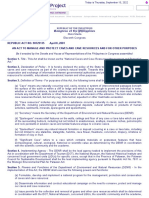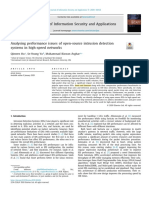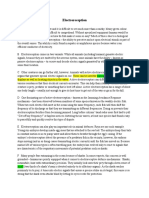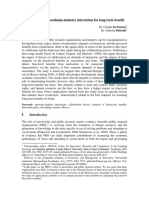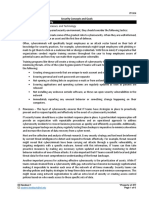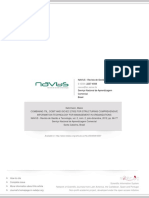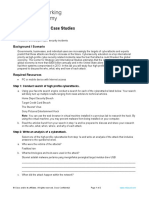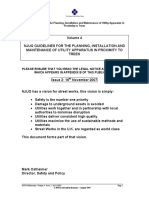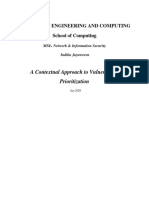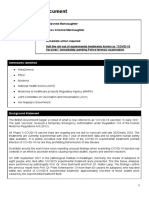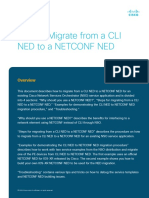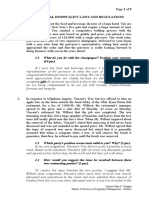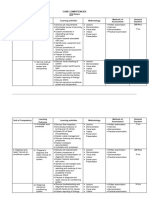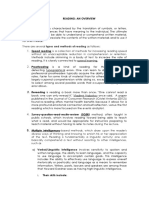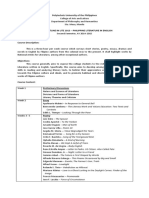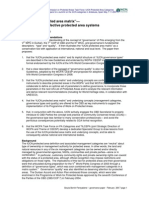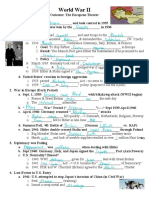0% found this document useful (0 votes)
196 views31 pagesAFP Organization
The document provides an overview of the organization of the Armed Forces of the Philippines (AFP). It discusses the legal basis and history of the AFP's establishment. It then describes the mission and functions of the AFP to defend the country and assist with nation-building. The document outlines the structure of AFP headquarters and joint staff responsible for direction, planning, and support. It also summarizes the major services (Army, Navy, Air Force), area commands, and technical and administrative components that comprise the AFP.
Uploaded by
ChamsonCopyright
© © All Rights Reserved
We take content rights seriously. If you suspect this is your content, claim it here.
Available Formats
Download as PPTX, PDF, TXT or read online on Scribd
0% found this document useful (0 votes)
196 views31 pagesAFP Organization
The document provides an overview of the organization of the Armed Forces of the Philippines (AFP). It discusses the legal basis and history of the AFP's establishment. It then describes the mission and functions of the AFP to defend the country and assist with nation-building. The document outlines the structure of AFP headquarters and joint staff responsible for direction, planning, and support. It also summarizes the major services (Army, Navy, Air Force), area commands, and technical and administrative components that comprise the AFP.
Uploaded by
ChamsonCopyright
© © All Rights Reserved
We take content rights seriously. If you suspect this is your content, claim it here.
Available Formats
Download as PPTX, PDF, TXT or read online on Scribd
/ 31




